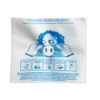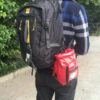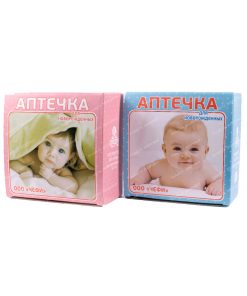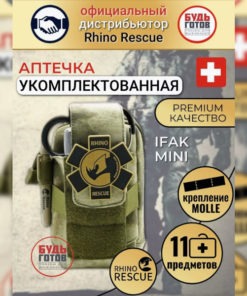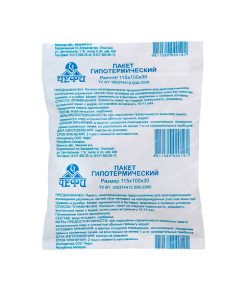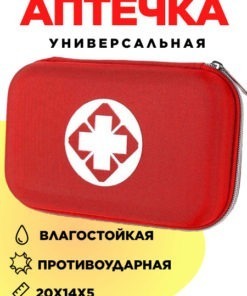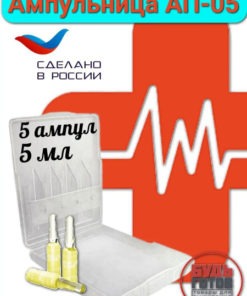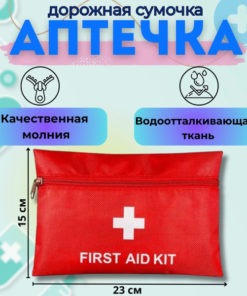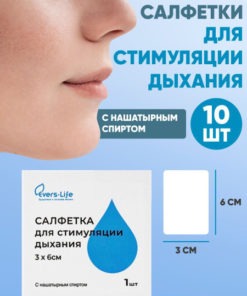-
×
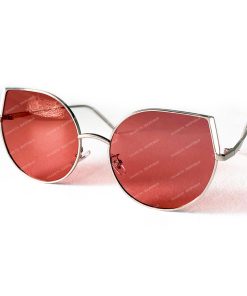 Sunglasses (D6185 C4)
1 × $69.00
Sunglasses (D6185 C4)
1 × $69.00 -
×
 Black Nitrile Gloves (1000 Count, Size L) - Hypoallergenic, Disposable
1 × $109.00
Black Nitrile Gloves (1000 Count, Size L) - Hypoallergenic, Disposable
1 × $109.00 -
×
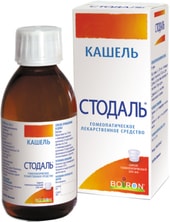 Boiron Stodal Syrup, 200 ml.
1 × $59.00
Boiron Stodal Syrup, 200 ml.
1 × $59.00 -
×
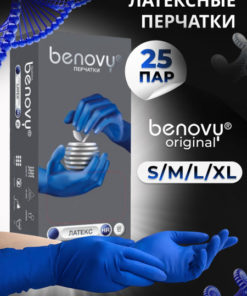 Benovy Blue Nitrile Gloves, High-Risk, Size M (25 Pairs)
1 × $19.00
Benovy Blue Nitrile Gloves, High-Risk, Size M (25 Pairs)
1 × $19.00 -
×
 Rubicon Aquasol Spray, 30 ml.
1 × $19.00
Rubicon Aquasol Spray, 30 ml.
1 × $19.00 -
×
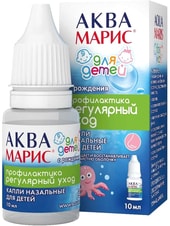 JGL Aqua Maris drops for children, 10 ml.
1 × $19.00
JGL Aqua Maris drops for children, 10 ml.
1 × $19.00 -
×
 Borimed Bromhexine, 8 mg, 50 tablets
1 × $9.00
Borimed Bromhexine, 8 mg, 50 tablets
1 × $9.00 -
×
 Foldable Double-Folding Ramp - 185cm (Left-Side Mount)
1 × $279.00
Foldable Double-Folding Ramp - 185cm (Left-Side Mount)
1 × $279.00 -
×
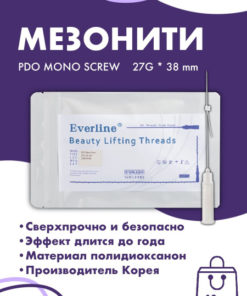 PDO Mono Screw Threads 27G x 38mm (10 pcs)
1 × $79.00
PDO Mono Screw Threads 27G x 38mm (10 pcs)
1 × $79.00 -
×
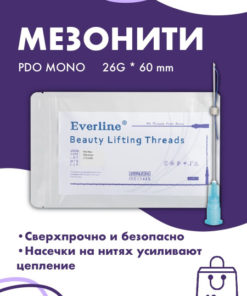 PDO Mono Threads 26x60 (10 pcs)
1 × $79.00
PDO Mono Threads 26x60 (10 pcs)
1 × $79.00 -
×
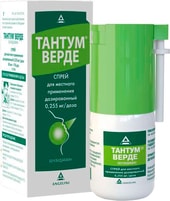 Angelini Tantum Verde spray 0.15%, 30 ml.
1 × $59.00
Angelini Tantum Verde spray 0.15%, 30 ml.
1 × $59.00 -
×
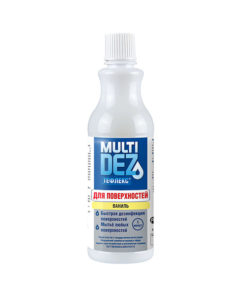 MultiDez & Teflex Vanilla-Scented Disinfectant & Surface Cleaner (500ml)
1 × $9.00
MultiDez & Teflex Vanilla-Scented Disinfectant & Surface Cleaner (500ml)
1 × $9.00 -
×
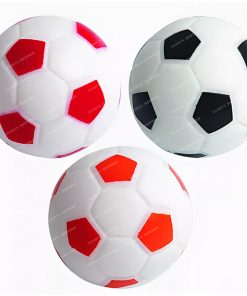 POMA Football ball toy 12+, art. 4119, 1 piece
1 × $19.00
POMA Football ball toy 12+, art. 4119, 1 piece
1 × $19.00 -
×
 GSK Teraflu powder Lemon, 10 pack.
1 × $59.00
GSK Teraflu powder Lemon, 10 pack.
1 × $59.00 -
×
 Premium Anal Lubricant: Long-Lasting, Painless Glide (Water-Based, 245g)
1 × $49.00
Premium Anal Lubricant: Long-Lasting, Painless Glide (Water-Based, 245g)
1 × $49.00 -
×
 Ear and Nose Cleaning Tool (1-Pack)
1 × $9.00
Ear and Nose Cleaning Tool (1-Pack)
1 × $9.00 -
×
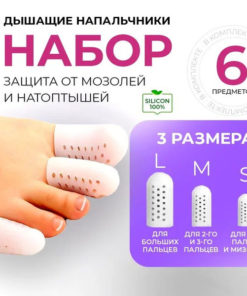 Silicone Toe Sleeves for Blisters & Calluses - ORTO-LAB
1 × $19.00
Silicone Toe Sleeves for Blisters & Calluses - ORTO-LAB
1 × $19.00 -
×
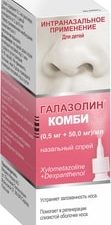 Medana Galazolin Combi Spray, (0.5 + 50) mg / ml.
1 × $19.00
Medana Galazolin Combi Spray, (0.5 + 50) mg / ml.
1 × $19.00 -
×
 Calendula Gynecological Collection
1 × $19.00
Calendula Gynecological Collection
1 × $19.00 -
×
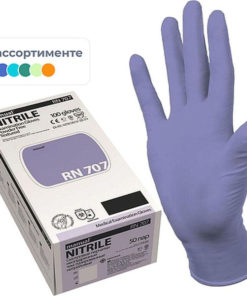 Nitrile Exam Gloves - Heavy Duty, Powder-Free XL (100 Count)
1 × $99.00
Nitrile Exam Gloves - Heavy Duty, Powder-Free XL (100 Count)
1 × $99.00 -
×
 Sheba Chicken & Jelly Wet Cat Food - 28 x 75g Pouches
1 × $29.00
Sheba Chicken & Jelly Wet Cat Food - 28 x 75g Pouches
1 × $29.00 -
×
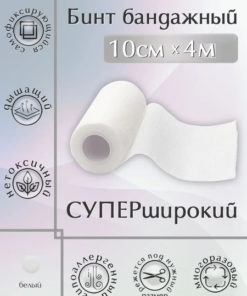 Self-Adherent Elastic Bandage, 10cm x 4m, White (1 Roll)
1 × $9.00
Self-Adherent Elastic Bandage, 10cm x 4m, White (1 Roll)
1 × $9.00 -
×
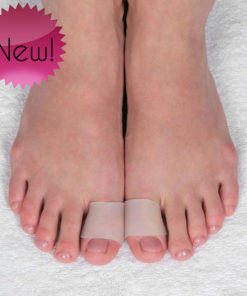 Breathable Toe Protector for Bunions & Calluses
1 × $9.00
Breathable Toe Protector for Bunions & Calluses
1 × $9.00 -
×
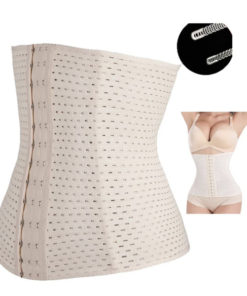 3XL Beige Waist Cincher Corset
1 × $29.00
3XL Beige Waist Cincher Corset
1 × $29.00 -
×
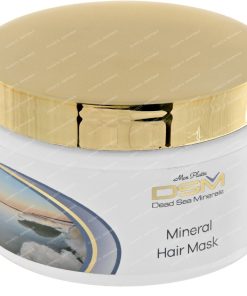 Mon Platin DSM Mineral Hair Mask, 250ml
1 × $19.00
Mon Platin DSM Mineral Hair Mask, 250ml
1 × $19.00 -
×
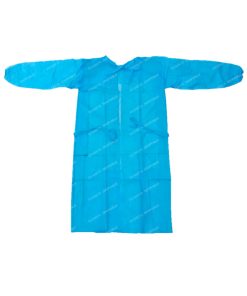 Protective gowns with sleeves with elastic Medrull
1 × $19.00
Protective gowns with sleeves with elastic Medrull
1 × $19.00 -
×
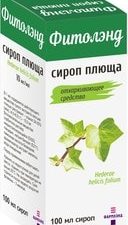 Farmland Fitoland ivy syrup, 10 mg / ml, 100 ml.
1 × $29.00
Farmland Fitoland ivy syrup, 10 mg / ml, 100 ml.
1 × $29.00 -
×
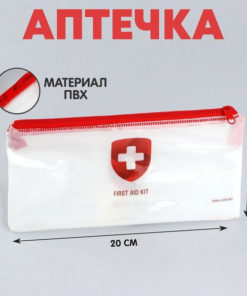 Flat Travel First Aid Kit - Gift Ready (20.5 x 9.5 cm)
1 × $9.00
Flat Travel First Aid Kit - Gift Ready (20.5 x 9.5 cm)
1 × $9.00 -
×
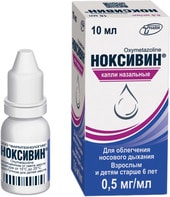 Pharmaceutical technology Noxivine drops, 0.5 mg / ml, 10 ml.
1 × $9.00
Pharmaceutical technology Noxivine drops, 0.5 mg / ml, 10 ml.
1 × $9.00 -
×
 Exon Glucose, 2000 mg, 15 chews. tab.
1 × $9.00
Exon Glucose, 2000 mg, 15 chews. tab.
1 × $9.00 -
×
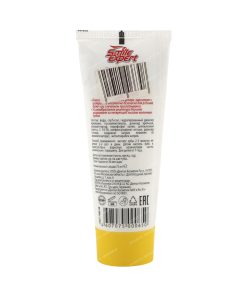 Smile Expert Kids Children's toothpaste with banana flavor without fluoride from 1-6 years old, 75 ml
1 × $9.00
Smile Expert Kids Children's toothpaste with banana flavor without fluoride from 1-6 years old, 75 ml
1 × $9.00 -
×
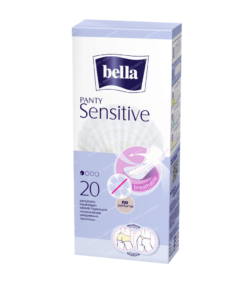 Bella Panty Sensitive Ultra-thin panty liners for women 20 pcs (UA)
1 × $9.00
Bella Panty Sensitive Ultra-thin panty liners for women 20 pcs (UA)
1 × $9.00 -
×
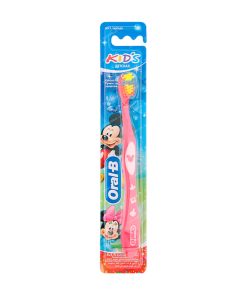 Oral-B Kids Toothbrush (soft, children's 2 to 4 years old)
1 × $9.00
Oral-B Kids Toothbrush (soft, children's 2 to 4 years old)
1 × $9.00 -
×
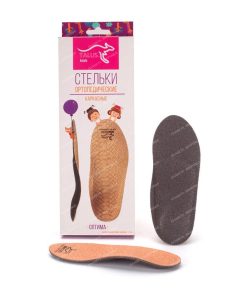 Orthopedic insoles for children. art. 11Р r.12 full profile frame
1 × $19.00
Orthopedic insoles for children. art. 11Р r.12 full profile frame
1 × $19.00 -
×
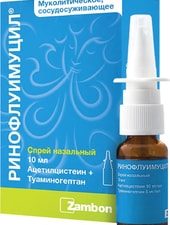 Zambon Rinofluimucil Spray, 10 ml.
1 × $39.00
Zambon Rinofluimucil Spray, 10 ml.
1 × $39.00 -
×
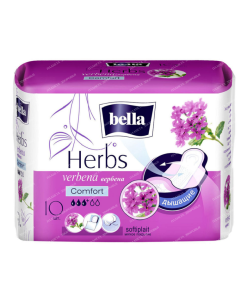 Bella Herbs verbena Comfort Women's absorbent pads, 10 pcs
1 × $9.00
Bella Herbs verbena Comfort Women's absorbent pads, 10 pcs
1 × $9.00 -
×
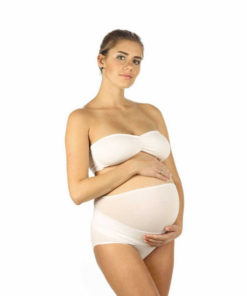 Prenatal Support Panty Bandage (Sizes XS-XXL)
1 × $29.00
Prenatal Support Panty Bandage (Sizes XS-XXL)
1 × $29.00 -
×
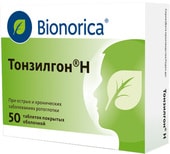 Bionorica Tonsilgon N, 25 mg, 50 tablets
1 × $59.00
Bionorica Tonsilgon N, 25 mg, 50 tablets
1 × $59.00 -
×
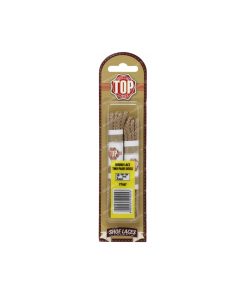 TOP Laces round 50 cm - beige (2 pairs per pack)
1 × $9.00
TOP Laces round 50 cm - beige (2 pairs per pack)
1 × $9.00 -
×
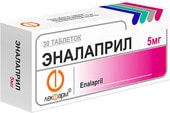 Lekpharm Enalapril, 5 mg, 30 tablets
1 × $9.00
Lekpharm Enalapril, 5 mg, 30 tablets
1 × $9.00 -
×
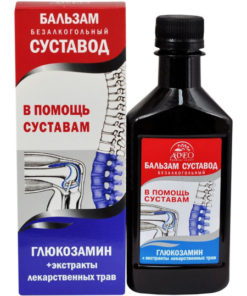 Joint Balm 250ml: Aveo (Alsu) for Joint Pain Relief
1 × $19.00
Joint Balm 250ml: Aveo (Alsu) for Joint Pain Relief
1 × $19.00 -
×
 AURA NICE Wet toilet paper, 20 pcs
1 × $9.00
AURA NICE Wet toilet paper, 20 pcs
1 × $9.00 -
×
 Carefree Ultra Normal Plus Panty liners, 12 pcs
1 × $19.00
Carefree Ultra Normal Plus Panty liners, 12 pcs
1 × $19.00 -
×
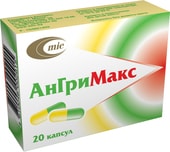 MIC Angrimax, 20 caps.
1 × $19.00
MIC Angrimax, 20 caps.
1 × $19.00 -
×
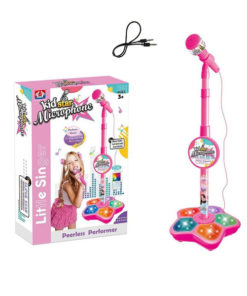 Kids Karaoke Microphone with Stand: Fun Singalong Toy & Brain Training Gift
1 × $49.00
Kids Karaoke Microphone with Stand: Fun Singalong Toy & Brain Training Gift
1 × $49.00 -
×
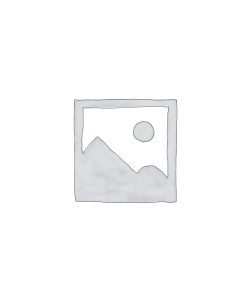 Farmland Trialgin powder, 5 pack. 5 g each
1 × $19.00
Farmland Trialgin powder, 5 pack. 5 g each
1 × $19.00 -
×
 Belmedpreparations Acyclovir-Belmed, 200 mg, 30 tablets
1 × $19.00
Belmedpreparations Acyclovir-Belmed, 200 mg, 30 tablets
1 × $19.00 -
×
 JGL Aqua Maris Norm spray, 50 ml.
1 × $59.00
JGL Aqua Maris Norm spray, 50 ml.
1 × $59.00 -
×
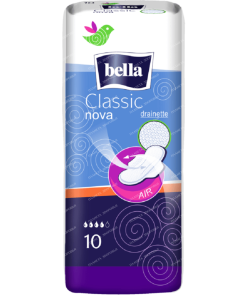 Bella Nova Classic (drainette) Sanitary pads for women, 10 pcs
1 × $9.00
Bella Nova Classic (drainette) Sanitary pads for women, 10 pcs
1 × $9.00 -
×
 Bella Ideale Ultra Ultra-thin feminine pads normal, 10 pcs
1 × $19.00
Bella Ideale Ultra Ultra-thin feminine pads normal, 10 pcs
1 × $19.00 -
×
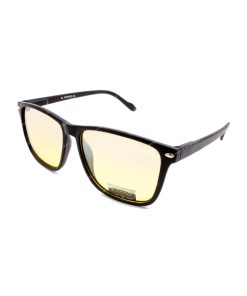 Sunglasses ELDORADO (EL1007 C5)
1 × $49.00
Sunglasses ELDORADO (EL1007 C5)
1 × $49.00 -
×
 Orthotic Insoles with Memory Foam: Flat Feet, Valgus, & Cavus (Size 42)
1 × $79.00
Orthotic Insoles with Memory Foam: Flat Feet, Valgus, & Cavus (Size 42)
1 × $79.00 -
×
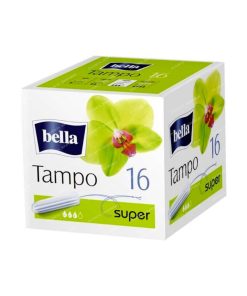 Bella Tampo super Tampons for women without applicator 16 pcs
1 × $19.00
Bella Tampo super Tampons for women without applicator 16 pcs
1 × $19.00 -
×
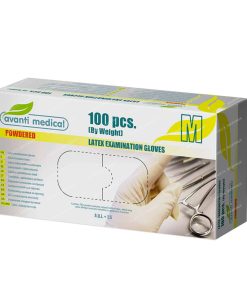 Gloves AVANTI MEDICAL latex non-sterile powdered size M
1 × $9.00
Gloves AVANTI MEDICAL latex non-sterile powdered size M
1 × $9.00 -
×
 Viva Dotted Studded Condoms (15 Pack)
1 × $9.00
Viva Dotted Studded Condoms (15 Pack)
1 × $9.00 -
×
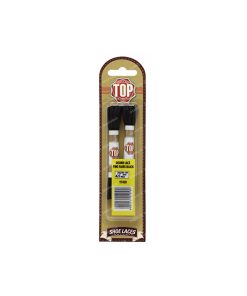 TOP Laces round 70 cm - black (2 pairs per pack)
1 × $9.00
TOP Laces round 70 cm - black (2 pairs per pack)
1 × $9.00 -
×
 Ice Grips for Shoes: Anti-Slip Spiked Cleats for Men & Women (Sizes 39-43)
1 × $19.00
Ice Grips for Shoes: Anti-Slip Spiked Cleats for Men & Women (Sizes 39-43)
1 × $19.00 -
×
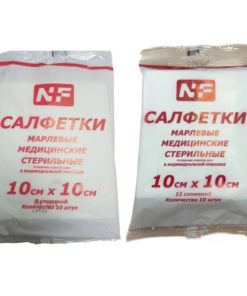 Newfarm Sterile Gauze Sponges: 8 & 12-Ply, 10x10cm (10 & 24 Count)
1 × $19.00
Newfarm Sterile Gauze Sponges: 8 & 12-Ply, 10x10cm (10 & 24 Count)
1 × $19.00 -
×
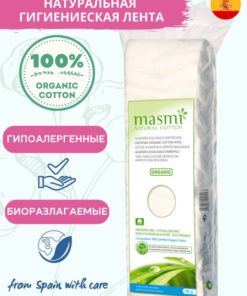 Masmi Natural Hygienic Cosmetic Tape (100g)
1 × $19.00
Masmi Natural Hygienic Cosmetic Tape (100g)
1 × $19.00 -
×
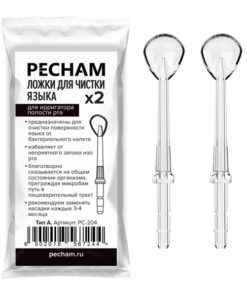 Pechama Oral Irrigator Tips & Tongue Cleaners (Type A)
1 × $19.00
Pechama Oral Irrigator Tips & Tongue Cleaners (Type A)
1 × $19.00 -
×
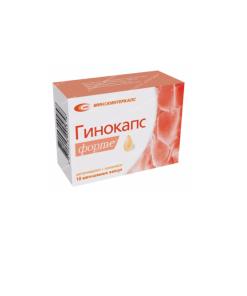 Gynocaps FORTE vaginal capsules 100mg/500mg №5x2
1 × $19.00
Gynocaps FORTE vaginal capsules 100mg/500mg №5x2
1 × $19.00 -
×
 Gedeon Richter Decaris, 50 mg, 2 tablets
1 × $19.00
Gedeon Richter Decaris, 50 mg, 2 tablets
1 × $19.00 -
×
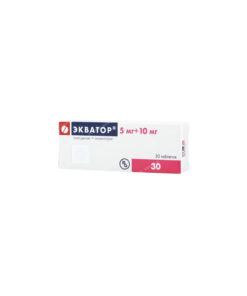 Equator tablets 10mg/5mg №10x3
1 × $29.00
Equator tablets 10mg/5mg №10x3
1 × $29.00 -
×
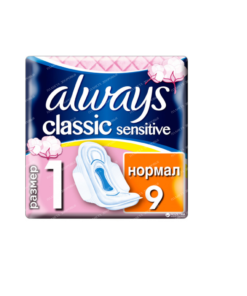 Always Classic Sensitive Normal Women's sanitary pads, 9 pcs
1 × $19.00
Always Classic Sensitive Normal Women's sanitary pads, 9 pcs
1 × $19.00 -
×
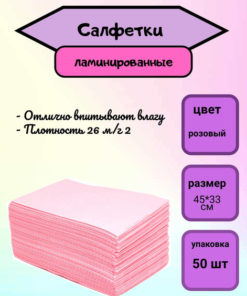 Laminated Disposable Wipes for Cosmetic & Medical Procedures
1 × $9.00
Laminated Disposable Wipes for Cosmetic & Medical Procedures
1 × $9.00 -
×
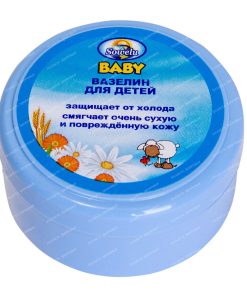 Sowelu Vaseline for children 50 ml.
1 × $19.00
Sowelu Vaseline for children 50 ml.
1 × $19.00
Subtotal: $2,074.00
 Free worldwide shipping on orders $99+
Free worldwide shipping on orders $99+  US: temporary delays — postal services aligning new import rules,
US: temporary delays — postal services aligning new import rules,  EU: 1–2 weeks,
EU: 1–2 weeks,  Worldwide: 1–4 weeks
Worldwide: 1–4 weeks 

